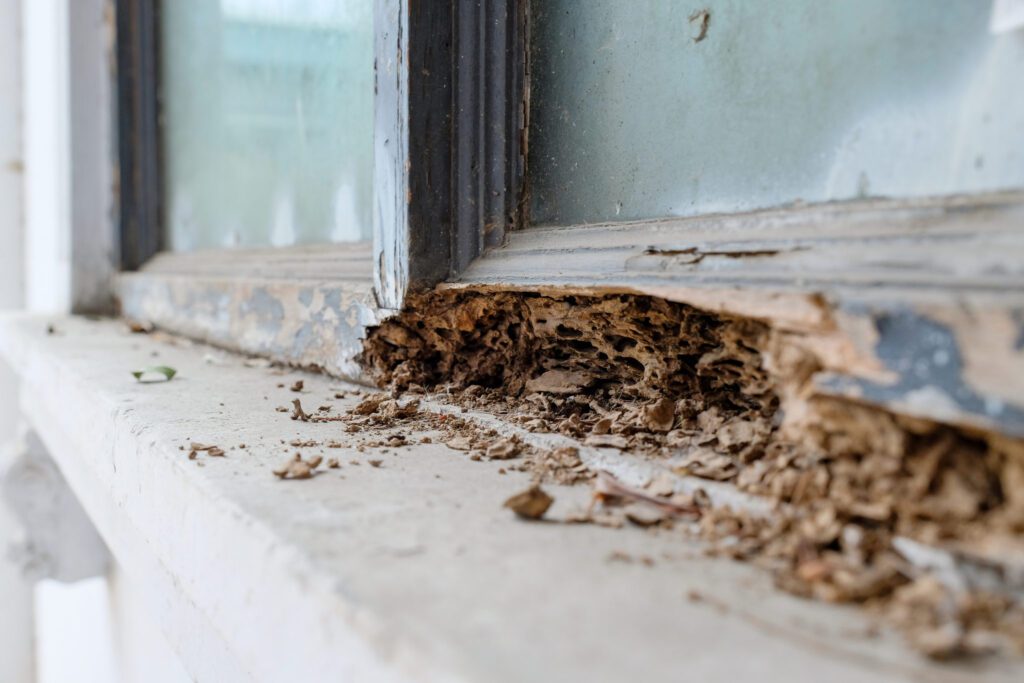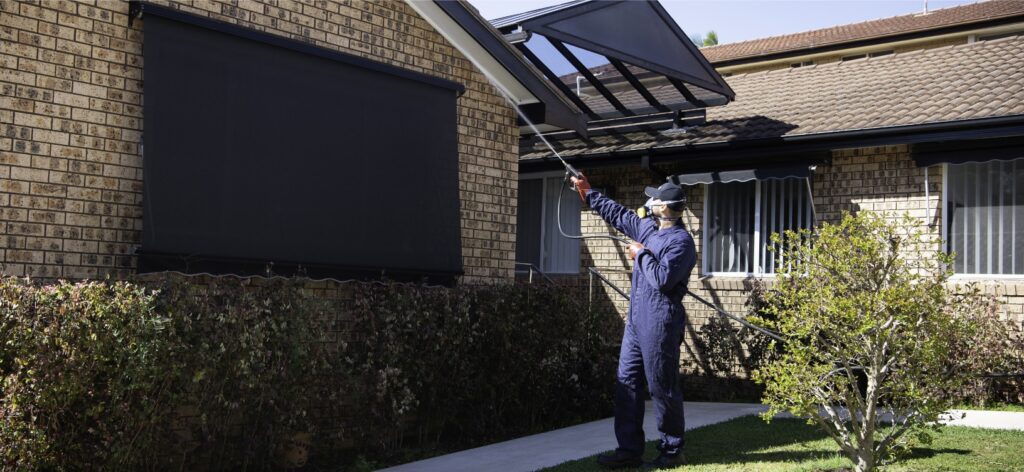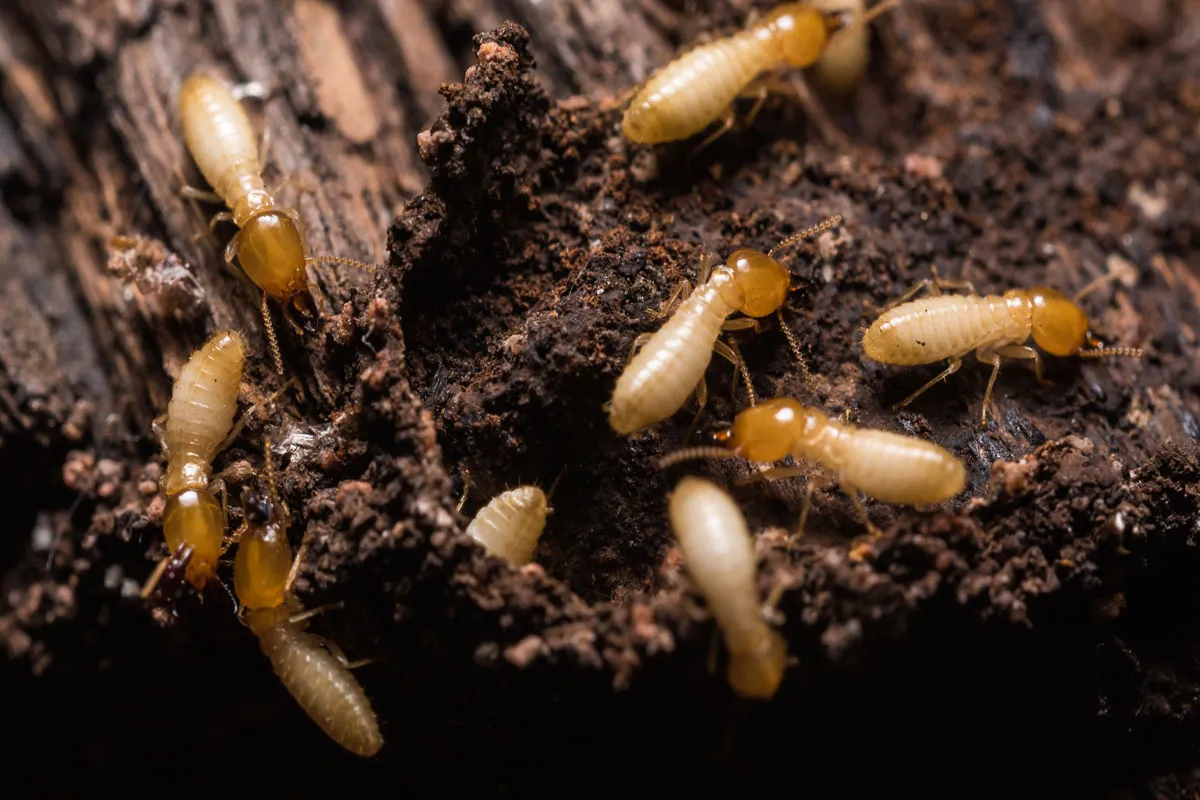Sydney homeowners face a persistent threat from termites, with these silent destroyers causing millions of dollars in property damage each year. The warm, humid climate creates ideal conditions for termite colonies to thrive, making homes across the region particularly vulnerable to infestations.
The subtropical environment of Sydney, combined with the prevalence of timber construction materials, creates perfect conditions for termite activity throughout the year. Professional termite control sydney measures are essential to protect Sydney properties from these destructive pests, requiring a comprehensive approach to prevention, detection, and treatment.
The risks of termite damage in Sydney properties are significant:
- Structural Compromise: Termites can severely weaken wooden foundations, walls, and support beams
- Financial Impact: Repair costs often exceed $10,000 for extensive termite damage
- Property Value: Untreated termite issues can dramatically decrease home value
- Insurance Gaps: Most home insurance policies don’t cover termite-related damage
Understanding Termite Behaviour
Subterranean termites, Sydney’s most destructive timber pests, exhibit fascinating yet concerning behavioural patterns. These social insects live in complex underground colonies, housing thousands of members with distinct roles:
- Worker Termites: Small, cream-coloured insects responsible for gathering food and maintaining the colony
- Soldier Termites: Larger members with powerful jaws, defending the colony from threats
- Reproductive Termites: Including the queen and king, responsible for colony expansion
The structural damage caused by termites stems from their constant search for cellulose-rich materials. They create intricate tunnel systems through wooden structures, consuming the material from the inside out. This hidden feeding behaviour often leaves only a paper-thin exterior, making detection challenging until significant damage has occurred.
These pests build their colonies underground, connected to food sources through mud tubes. These protective tunnels serve multiple purposes:
- Maintain necessary moisture levels
- Shield termites from predators
- Create direct pathways to food sources
- Allow colony expansion

The tunnelling behaviour of subterranean termites follows specific patterns, typically moving upward through buildings from ground contact points. They can penetrate through tiny cracks in concrete foundations, exploiting gaps as small as 1.5mm to access structural timber.
A mature termite colony can consume up to 15kg of wood per year, creating extensive networks of galleries within wooden structures. This systematic destruction compromises the integrity of building materials, leading to potentially catastrophic structural failures.
Signs of Termite Infestation
Early detection of termite activity can prevent extensive structural damage to your Sydney home. Here are the key warning signs that indicate a possible termite infestation:
1. Visible Mud Tubes
- Pencil-width tunnels along walls and foundations
- Brown, dirt-like material forming protective pathways
- Often visible on exterior walls and crawl spaces
2. Wood Damage Indicators
- Hollow-sounding timber when tapped
- Sagging floors or buckling wooden structures
- Tight-fitting doors and windows
- Maze-like patterns in wooden surfaces
3. Physical Evidence
- Discarded wings near windowsills and door frames
- Small, pellet-shaped droppings resembling sawdust
- Bubbling or uneven paint on wooden surfaces
- Crumbling, damaged wood that appears honeycomb-like
4. Unusual Signs
- Clicking sounds within walls
- Visible swarmers (flying termites) around light sources
- Warped or blistered floorboards
- Damp, mouldy odours in wooden areas
Regular inspections of these common trouble spots can help identify termite presence:
- Wall and ceiling joints
- Behind appliances and fixtures
- Wooden structures in contact with soil
- Areas with previous water damage
- Basement and crawl space perimeters
Preventive Measures for Termite Control
Effective termite prevention starts with creating an environment that deters these destructive pests. A comprehensive approach to moisture control and property maintenance can significantly reduce the risk of termite infestations.
Essential Moisture Control Strategies:
- Install proper drainage systems around the house
- Fix leaking taps and pipes immediately
- Clean gutters regularly to prevent water accumulation
- Ensure adequate ventilation in crawl spaces
- Direct downspouts away from the foundation
Creating a Termite-Resistant Environment:
- Maintain a 45cm gap between soil and wooden structures
- Remove dead trees, stumps, and roots near the house
- Store firewood and lumber away from the building
- Use termite-resistant materials for construction
- Keep mulch at least 15cm away from the foundation
Sealing Entry Points:
- Fill cracks and holes in the foundation
- Seal utility entry points and plumbing penetrations
- Install metal barriers or mesh screens on vents
- Apply weather stripping around doors and windows
- Repair damaged roof tiles and fascia boards
Regular property maintenance combined with these preventive measures creates an effective defence against termite invasions. Additionally, integrating strategies to reduce pest intrusion can further enhance your home’s protection. Professional termite barriers and chemical treatments can provide additional protection when integrated with these basic prevention strategies.
Professional Termite Inspections and Treatments
Professional termite inspections serve as a critical defence against potential infestations. Licensed pest control experts conduct thorough assessments of properties using advanced detection tools, including thermal imaging cameras and moisture meters. These annual inspections help identify early warning signs and hidden termite activity before substantial damage occurs.
Key Benefits of Professional Inspections:
- Early detection of termite presence
- Identification of high-risk areas
- Documentation of structural vulnerabilities
- Expert recommendations for prevention
- Compliance with building insurance requirements
Professional treatment options target different types of termite colonies and infestation levels. Soil barrier applications like Termidor create a protective zone around buildings. This chemical treatment remains effective for years, eliminating termites that attempt to cross the treated soil.
Baiting systems such as Sentricon offer an alternative approach:
- Strategically placed stations around property perimeters
- Continuous monitoring of termite activity
- Targeted elimination of entire colonies
- Reduced environmental impact
- Long-term protection through regular maintenance
These professional solutions require specific expertise and licensing for proper application. Treatment selection depends on factors like:
- Property construction type
- Extent of infestation
- Soil conditions
- Environmental considerations
- Budget constraints
Regular professional inspections paired with appropriate treatment methods create a robust defence system against termite invasions. Such practices are not only essential for property preservation but also play a significant role in maintaining the overall health of our ecosystems, as highlighted in this study from the Oxford Academic journal. Furthermore, the importance of these inspections extends beyond immediate pest control, serving as a vital part of comprehensive property management strategies, as discussed in this detailed report.
Year-Round Termite Control Plans
Effective termite management requires a systematic, year-round approach tailored to Sydney’s seasonal pest activity patterns. Each season brings unique challenges and opportunities for termite control:
Spring (September – November)
- Peak termite activity period
- Installation of bait stations
- Thorough perimeter inspections
- Moisture control assessments
Summer (December – February)
- Increased colony expansion
- Regular monitoring of bait stations
- Assessment of ventilation systems
- Inspection of potential entry points
Autumn (March – May)
- Preparation for winter nesting
- Chemical barrier maintenance
- Property drainage evaluation
- Treatment of identified risk areas
Winter (June – August)
- Indoor inspection focus
- Structural integrity checks
- Maintenance of existing treatments
- Update of control strategies
A customised year-round plan includes:
- Quarterly Inspections: Professional assessments every three months to track termite activity patterns
- Targeted Treatments: Strategic placement of bait stations and chemical barriers based on seasonal movement
- Maintenance Schedule: Regular system checks and treatment updates
- Risk Assessment: Ongoing evaluation of environmental factors affecting termite behaviour
- Documentation: Detailed records of inspections and treatments for long-term monitoring
These systematic approaches ensure continuous protection against termite infestations while adapting to seasonal changes in pest behaviour and environmental conditions.

Conclusion
Protecting Sydney homes from termite damage requires a strategic combination of proactive monitoring and eco-friendly pest management. Regular inspections and environmentally friendly treatments work together to create a strong defence system against these destructive pests.
A comprehensive termite control strategy includes:
- Scheduled professional inspections
- Early detection systems
- Sustainable treatment methods
- Preventive maintenance practices
The use of environmentally conscious pest management techniques protects both properties and local ecosystems. These methods are effective while minimising harm to beneficial insects and surrounding wildlife.
The key to successful termite control is staying vigilant throughout the year. By working with qualified pest control professionals and implementing preventive measures, Sydney homeowners can create an environment that is resistant to termites, protecting their investment for years to come.
Remember: The cost of prevention is always less than the price of repair.
Related : How Termite Barrier Sydney Systems Work to Keep Your Property Safe




